The AI-Powered unified testing platform
Plan, execute, analyse and report all testing activities in a single workspace

- Quick Connect
- Clean Interface
- Advance Analytics
- Our CLients

- Highly recognised by qa community
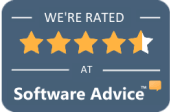
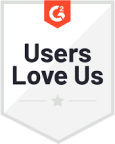


- Products
Testing Cloud & Infrastructure
A combination of testing platform and execution environment designed to accelerate QA process
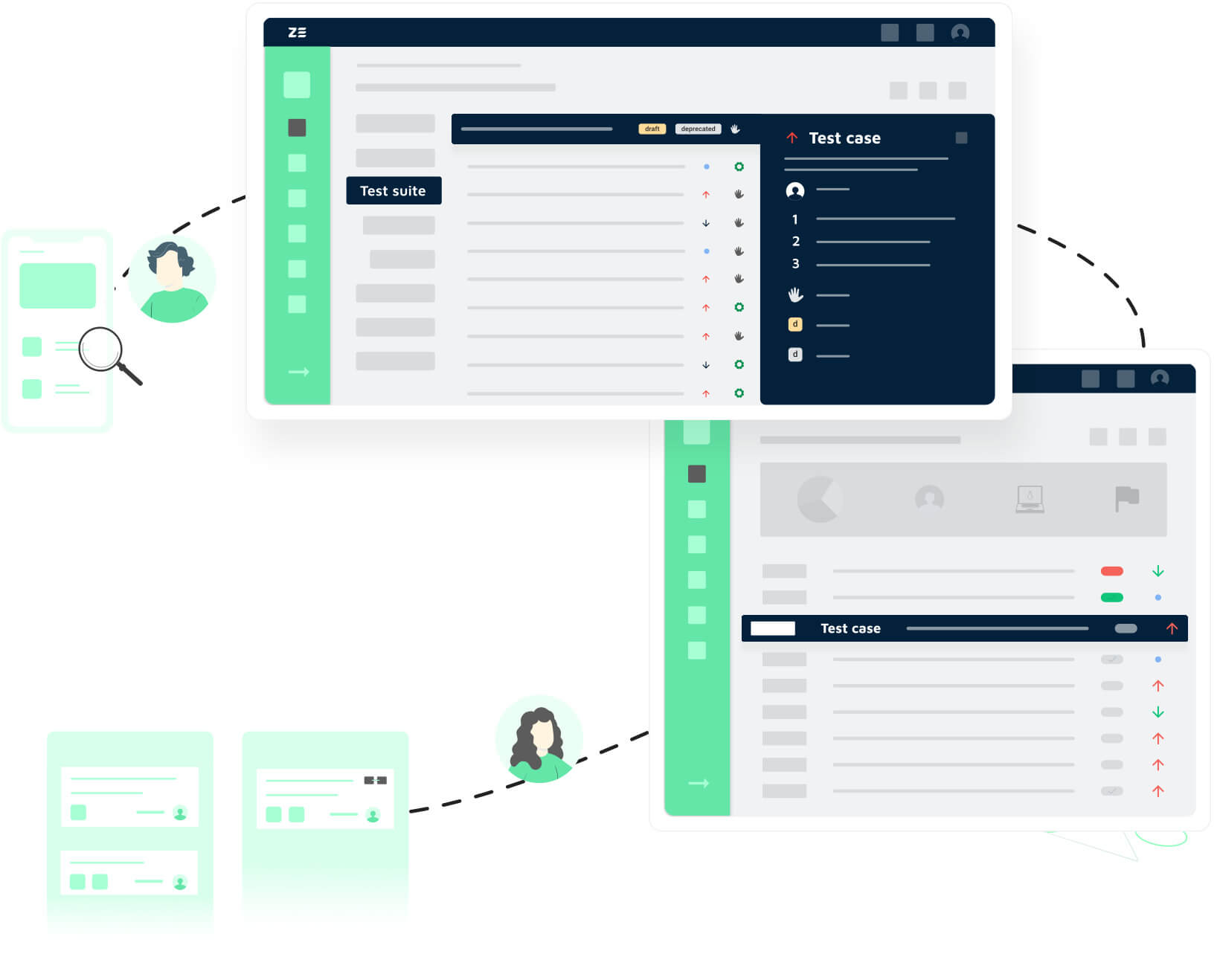
Design
- Outline quality standards and expectations. - Generate test suites and test cases while ensuring full traceability to requirements. - Streamline documentation organization and accessibility with ease

Execute
- Plan your testing phase, creating test runs and defining testing configurations. - Execute tests against scalable managed infrastructure allowing you to emulate user environments and test on real devices.
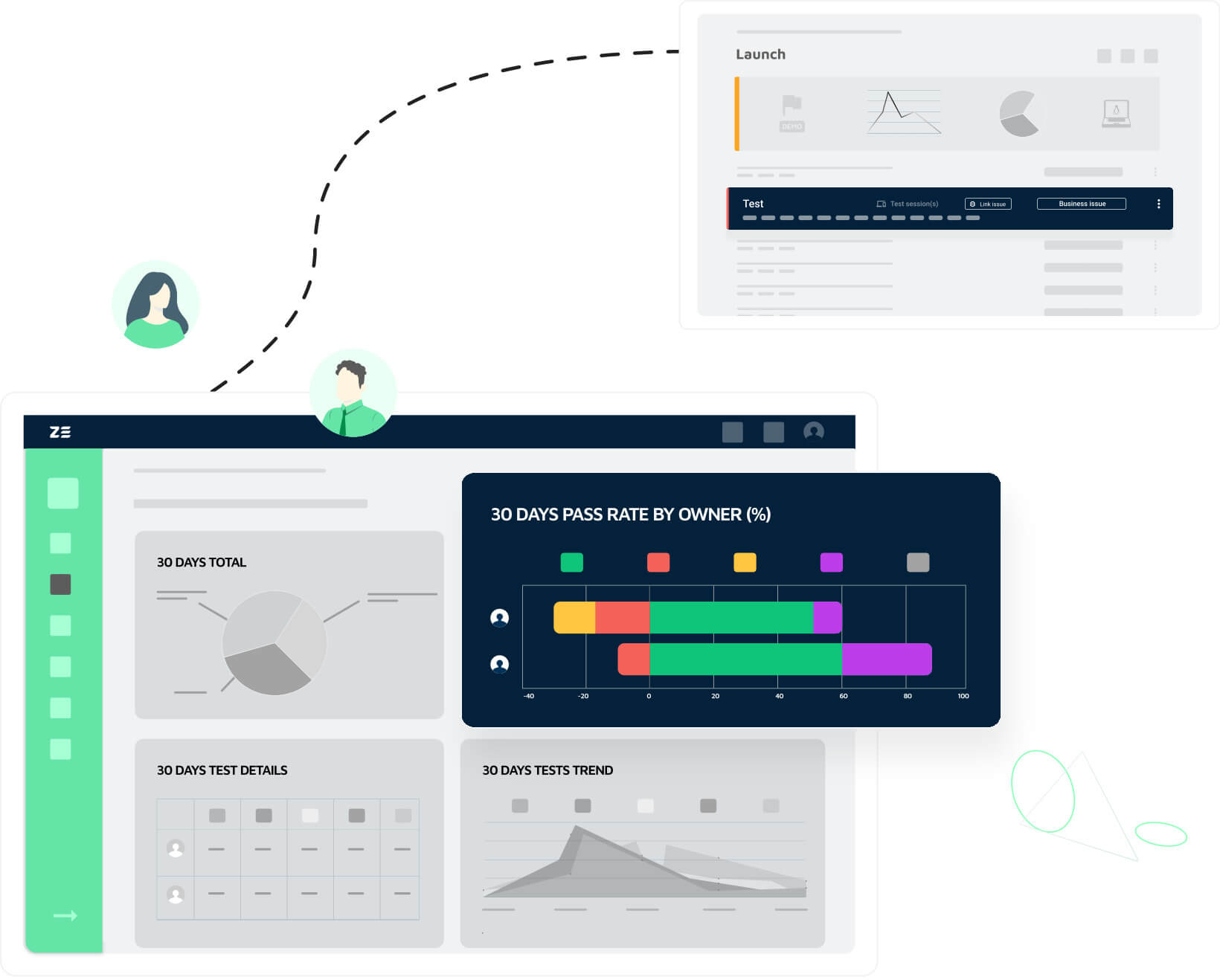
Analyse and Report
- Identify defects and issues early in the development cycle, reducing the cost and time required to fix them.
- Monitor the software quality, reporting on key metrics and identifying areas for improvement.
- Set & Forget
Zebrunner Testing Platform
A unified hub for manual and automated testing includes
Test Case Management
Test documentation management and planning
Testing Platform
Collaborative environment for manual and automated testing
Zebrunner Selenium Grid
Cross-browser web applications testing
Device Farm
Automated and manual testing on real devices
Zebrunner CyServer
Multithreaded cross-browser web application testing with Cypress
Automation Reporting
Reporting and analytics for automated testing
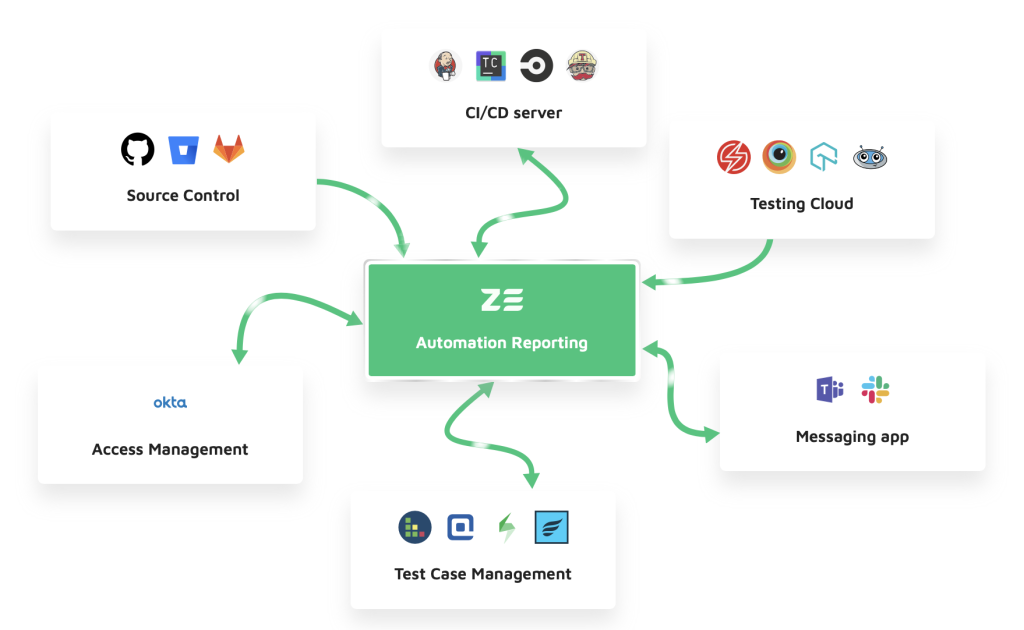
- Integration
Solutions
Lorem ipsum dolor sit amet, consectetur adipisicing elit, sed do eiusmod tempor incididunt ut labore et dolore magna aliqua.
Create & format test cases as you prefer via rich-text editor
Lorem ipsum dolor sit amet, consectetur adipisicing elit, sed do eiusmod tempor incididunt ut labore et dolore magna aliqua. Ut enim ad minim veniam, quis nostrud exercitation ullamco laboris nisi ut aliquip.
Lorem ipsum dolor sit amet, consectetur adipisicing elit, sed do eiusmod tempor incididunt ut labore et dolore magna aliqua. Ut enim ad minim veniam, quis nostrud exercitation ullamco laboris nisi ut aliquip.
- Zebrunner For Manual QA Teams
Streamlined Test Case Management
Create and manage test cases, perform test runs and track the results via an intuitive user interface. Link issues directly to test executions for reaching traceability and visibility of the testing process.
- Simple Test Creation and Organization
- Customizable layout that meets your needs
- Easy test runs and execution management


- Zebrunner For Automation Teams
Scalable Testing Environment
Plan, execute, analyze and report all testing activities in a single workspace
- Run Web, APIs, Mobile tests in parallel with no thread limit
- Test the most recent browsers & platforms on real devices, simulators or emulators
- Identify the root causes faster with AI/ML
- Analyze failures with detailed test results: logs, screenshots, interactive videos
Join 10,000+ testers, developers and QA managers already fixing bugs 2 times faster with Zebrunner
- Products
Featured Products
Lorem ipsum dolor sit amet, consectetur adipisicing elit, sed do eiusmod tempor incididunt ut labore et dolore magna aliqua.

For manual QA teams
Create & format test cases as you prefer via rich-text editor Save time organizing test cases & test suites with drag-n-drop feature Perform test runs and assign them to different users in a click with bulk actions Receive real-time insights via various activity charts

For automation teams
Lorem ipsum dolor sit amet, consectetur adipiscing elit. Ut elit tellus, luctus nec ullamcorper mattis

360 Degree View QA
Lorem ipsum dolor sit amet, consectetur adipiscing elit. Ut elit tellus, luctus nec ullamcorper mattis
- 360 degree view QA
Automation Reporting
Make your test automation process easier than ever and take debugging to the next level.
- Connect existing test automation project
- Perform comprehensive test failure analysis
- Track QA progress with live customizable reports
- Check the health of automation with real-time analytics

- Workflow
Zebrunner For Manual QA Teams
- Save time organizing test cases & test suites with drag-n-drop feature
- Perform comprehensive test failure analysis
- Track QA progress with live customizable reports

01
Register Account
Lorem ipsum dolor sit amet, consectetur adipiscing elit. Ut elit tellus, luctus nec ullamcorper mattis
02
Automatic Sync
Lorem ipsum dolor sit amet, consectetur adipiscing elit. Ut elit tellus, luctus nec ullamcorper mattis
03
Connect Database
Lorem ipsum dolor sit amet, consectetur adipiscing elit. Ut elit tellus, luctus nec ullamcorper mattis
- Features
Zebrunner Integrations
Easily integrate Zebrunner with your favorite tools for test automation, test management, team communication, and more. Check the list!
Jira
Create bugs in Jira dashboard from Zebrunner test session or test run.
GitHub
Zebrunner-GitHub integration will help you manage bugs in GitHub while performing testing.
GitLab
Zebrunner-GitLab Integration allows you to create a card directly in your repo from Zebrunner.
Slack
Boost testing productivity: efficiently manage test cases, plans and runs right from Zebrunner grid.
- Reviews
Reviews
Check more reviews on Capterra or G2
- Support
Why Companies Switch To Zebrunner
Modular and Embeddable Design
Our products are built in a way that allows you to seamlessly integrate them into your SDLC and with the tools you already use. If needed, they can also be combined to create a complete quality assurance ecosystem
AI/ML-powered failure classification
Find out failure reasons automatically with AI/ML based on stack traces. Train the system by accepting or rejecting the classification and increase the accuracy to up to 100%.
Simple migration
Simple migration from any other tool
- Pricing
Simple pricing plan
Lorem ipsum dolor sit amet, consectetur adipisicing elit, sed do eiusmod tempor incididunt ut labore et dolore magna aliqua.
- no credit card required
Try advanced features for 14 days
Make your test automation process easier than ever and take debugging to the next level.
- Shared space with all test results, tools & integrations
- End-to-end traceability throughout the testing life cycle
- Project performance monitoring and real-time analytics
- Live dashboards & visual charts reporting
- Milestones for effective release planning & progress tracking
